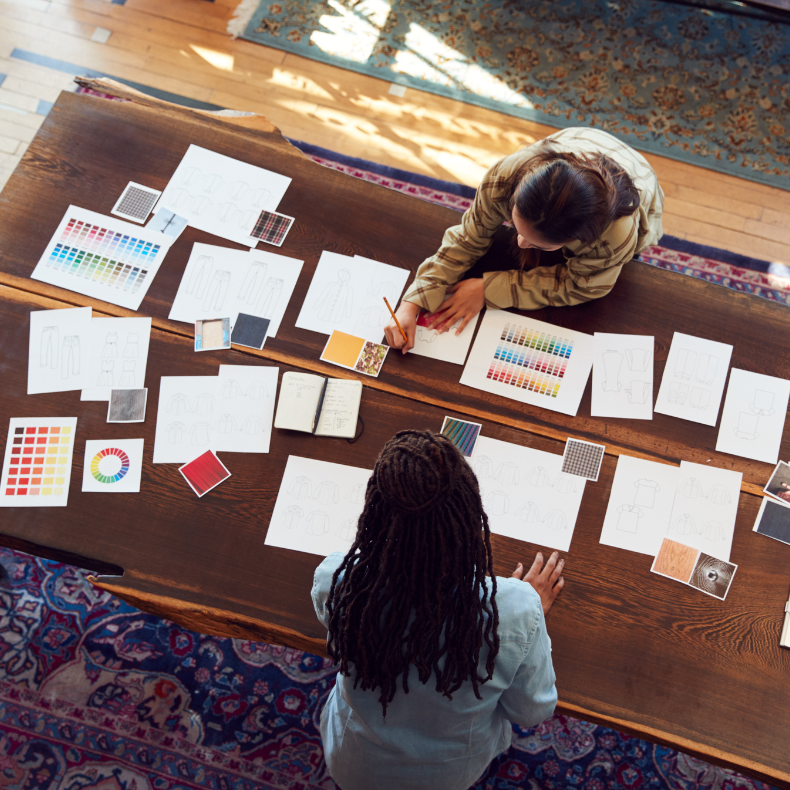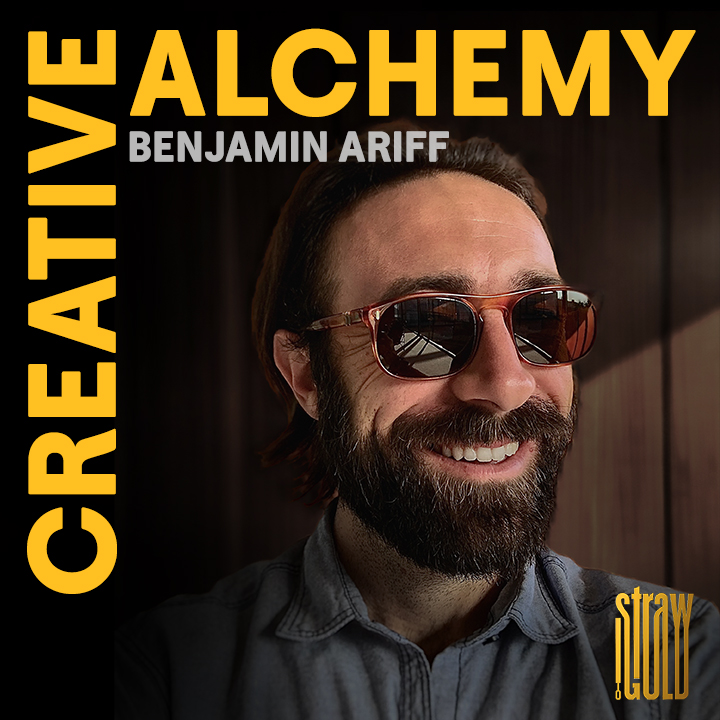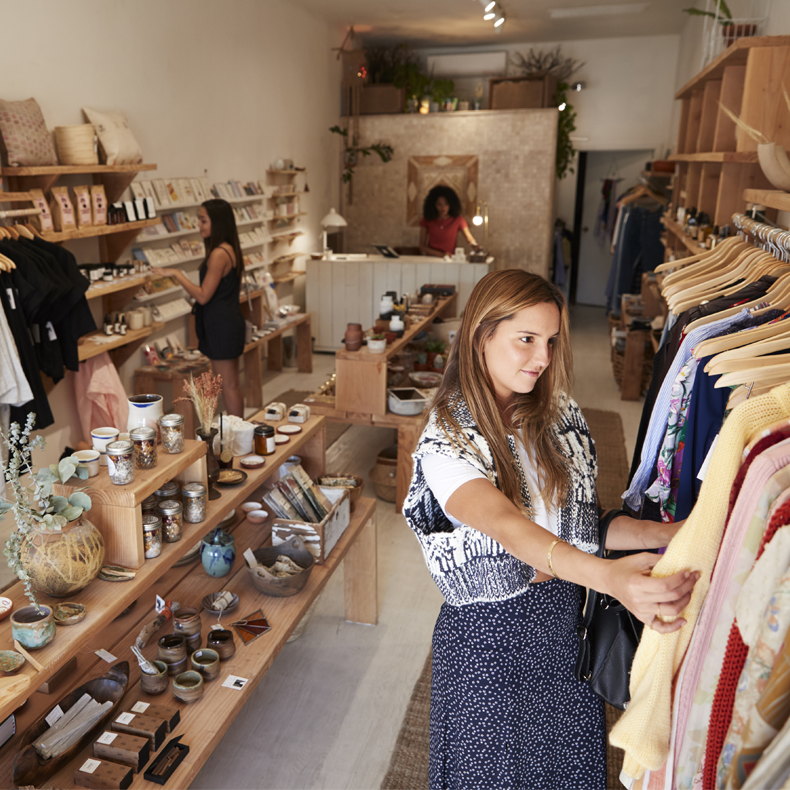
The Future Is Human-First
After years of optimizing for clicks and efficiency, the next creative revolution is about empathy, connection, and what it truly means to design for humans.


After years of optimizing for clicks and efficiency, the next creative revolution is about empathy, connection, and what it truly means to design for humans.
The past two decades have been shaped by speed and automation — faster communication, endless scrolling, and algorithm-driven engagement. But the result is a world where people are more connected yet less in touch. As digital fatigue deepens, brands and creators are beginning to realize that the future of innovation isn’t about optimizing for data points — it’s about designing for emotion, presence, and meaning. This article explores what it means to move from a digital-first mindset to a human-first approach, where creativity becomes a tool for real connection.
The Age of Overload
The last two decades have been defined by acceleration. Faster communication. Shorter attention spans. Infinite scroll. The digital revolution promised connection — but somewhere between the algorithms and the analytics, something essential was lost.
What we’re left with is what psychologists now call digital fatigue — a numbing overstimulation that leaves us scrolling, swiping, and watching, but rarely feeling. In this landscape, the brands that thrive won’t be the ones shouting loudest in the feed. They’ll be the ones that make people pause.
From Digital-First to Human-First
The phrase “digital-first” once sounded visionary. It symbolized progress — businesses embracing technology to reach more people, more efficiently. But in 2025, “digital-first” feels incomplete. It’s time for something more enduring: a human-first mindset.
Human-first doesn’t reject technology — it reframes it. It means using technology as a tool to enhance connection, not replace it. It’s about creating experiences that honor emotion, presence, and story.
At Straw to Gold, we define a human-first approach through three lenses:
Human-first creativity isn’t nostalgic. It’s necessary. It reminds us that imagination and empathy are technologies of their own — ones that don’t become obsolete.
The Business of Being Human
Studies continue to prove that emotional connection isn’t just nice to have — it’s good business. According to Deloitte, brands that prioritize human connection outperform their peers by 2x in revenue growth and customer lifetime value. Meanwhile, Gallup reports that employees who feel emotionally connected to their company are 23% more productive and 3x more likely to stay.
These numbers tell a simple story: humanity scales.
But it’s not something you can automate. It takes intentional design — of spaces, systems, and stories that make people feel part of something meaningful.
A Return to Creative Curiosity
The irony of our digital age is that creativity was never the problem — it was our relationship to it. We optimized creativity into process, packaged it into campaigns, and forgot its original purpose: to make us wonder.
Human-first creativity invites us back to curiosity — to noticing, listening, and exploring. It’s a creative philosophy that values relationships over reach, questions over answers, and experience over efficiency.
In this next era, the most powerful ideas won’t come from dashboards or data models. They’ll come from conversations, observations, and collaboration — from the messy, beautiful process of being human together.
The Straw to Gold Perspective
For us, this isn’t theory — it’s practice. We’re building for a world where creativity serves connection. Our work isn’t measured in impressions or likes but in impressions left behind — the ones people carry with them after the screen goes dark.
The future isn’t digital-first.
It’s human-first.
And that future is already here — in every shared story, every lived experience, and every moment of real connection we choose to design with care.
In an era of digital fatigue, the brands and creators that will thrive are those that make people feel something real. Being human-first isn’t anti-technology — it’s pro-connection.
In a world built for speed, the next great innovation is slowing down — and designing for what makes us human.
Explore other articles


